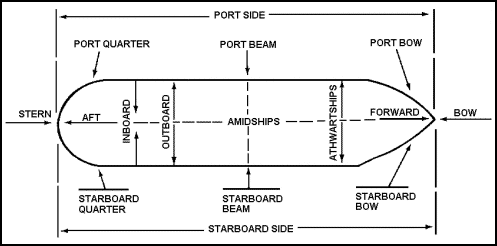- Joined
- May 5, 2014
- Messages
- 181
Is there a preferred angle for this steel? This more of a comparison rather than a steel performance test, so as long as all other factors are apples to apples I'm not thinking a lot of thought needs to go into the specifics
I was planning on 28-30° with no microbevel and stropped only on paper to reveal any burring.
I would assume ~15 dps with no micro should be fine, at least unless you notice excessive microscopic apex chipping in your tests.
All edges get tested with dynamic load pressure cut, average of three cuts.
Then draw cut test starting with 7lbs and working up by lbs to a load that reliably cuts three in a row.
If the numbers are comparable*, I go back and hit each media a second time, verifying the initial pressure cut number, then draw to failure on three in a row, with identical static load.
If the initial pressure cut number is not within 15% > the original number, I resharpen and then retest. If it lower than the original, I keep the lower number, retest for the lowest static draw load to three cuts and then proceed with the retention test.
* If the numbers are not comparable the test stops there. I resharpen to verify any trend - if it still exists, the test is over - no retention phase.
This sounds like a reasonable plan to me.
Further speculation:
what if one of the edges is consistently higher on pressure cut and lower on draw cut
- tentative conclusion might be that it is creating a more coarse scratch pattern.
Likewise if one is consistently lower on the pressure cut and higher on the draw
- tentative conclusion is a finer scratch pattern.
I will be interested to see the relative pressure cut numbers, particularly for the Spyderco stones to see how it relates to my own Spyderco M and DMT EEF.
Only if one of the samples is better on both modes would I tentatively claim a better abrasive outcome.
I would expect both the Spyderco and DMT apexes to outperform the King apex on both tests, given that the King 4k is inherently going to produce some apex rounding.
Continuing issues to be considered - if the beginning values for pressure cut are off by more than about 15% (eg 20lb to 23 lbs) of each other, I would fully expect the draw cut retention to be biased in favor of the pressure cut edge that had the most resistance/highest amount of inherent friction. We'll have some numbers either way.
Do you happen to have a Spyderco UF? At the very least, if your lapped Spyderco F produces a pressure cut result too much lower than the DMT EEF, you could always try your Spyderco M using very low force and see if that gets you a more comparable starting number on the pressure cut test. The King 4k is probably going to be worse to start on both, so I don't know if you will need to worry to much about equalizing that one.


